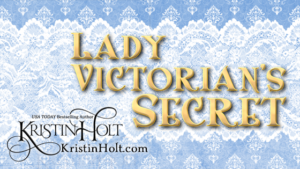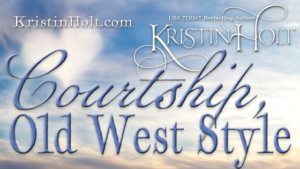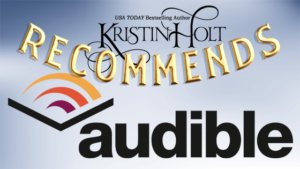
by Kristin Holt | Jul 5, 2017 | Articles
In the 1890s, Coca-Cola bottled their carbonated beverage, first in cork-sealed bottles. Metal caps came along relatively quickly. The company went through many different glass bottles until settling on their branded shape that is still in use today. Coca-Cola’s logos changed very little through the years, and the Victorian-era Spencerian script is still Coke’s highly recognizable choice today. Each glass (or bottle), about 6 oz. each, sold for just 5¢. Initially promoted as a health-promoting, illness-defeating tonic (patent medicine), the beverage was soon advertised as a refreshing beverage…and with good reason.
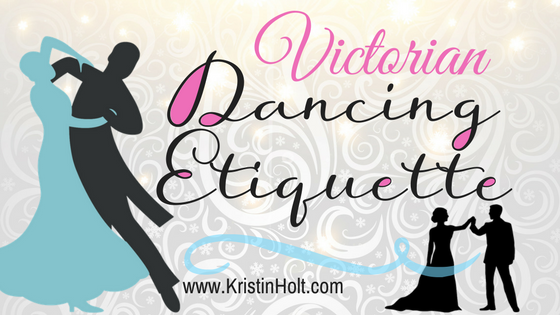
by Kristin Holt | Mar 9, 2017 | Articles
Etiquette governing balls and dances in the American Victorian era seems stuffy, old-fashioned, and strict to 21st century Americans. Every rule of decorum ensured good manners were in play, but most importantly, the moral purity and innocence of young women and young men were maintained. Etiquette governed everything from how a man asked a woman for a dance to how he could properly hold her hand while dancing, to how many dances that pair could have in one evening. This article contains the specifics propriety demanded, and the vintage sources where they may be found. Leap year turned some of the lady’s restrictions upon the men; see the true-to-history newspaper article from 1888 that starred in Sophia’s Leap-Year Courtship.

by Kristin Holt | Mar 6, 2017 | Articles
Really? Did Victorian Americans forbid kissing in public? Was it unreasonable to think the fictional town of Mountain Home, Colorado (the setting of The Gunsmith’s Bride (within GUNSMOKE & GINGHAM)) would have a “no kissing, no PDA” law? In 2017 U.S.A. it’s hard to believe Victorians would be so prudish as to object to public displays of affection–or a little peck. The newspaper articles, snippets from vintage magazines, and decorum advice from the era might leave you speechless… Oh! Read part of a scene where the law breaks up the hero and heroine (The Gunsmith’s Bride) kissing on the street–and threatens 48 hours in jail.
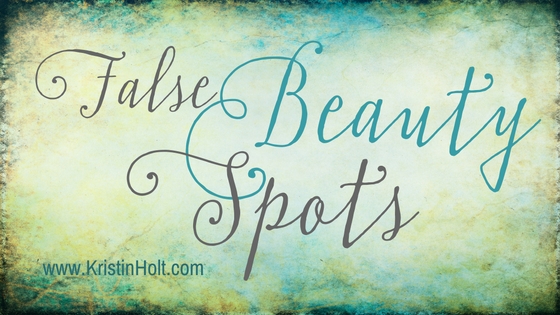
by Kristin Holt | Oct 23, 2016 | Articles
It’s no surprise in today’s environment that women (and men) can choose any color hair they desire, piercings and tattoos at will, and permanent makeup (tattooed eyeliner and lip-liner). I shouldn’t have been surprised to learn today’s plastic surgeons offer dimple surgery to create the desirable feature Mother Nature forgot to grant. What shocked me was the inventive Victorian who figured out how to artificially bring about dimples.
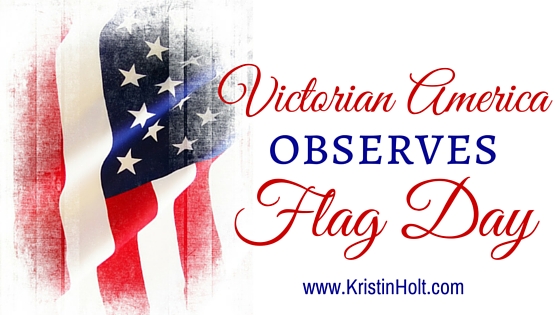
by Kristin Holt | Jun 14, 2016 | Articles
Victorian Americans not only observed Flag Day on June 14th–they created it. Flag poles on government property sported the star spangled banner. Private citizens raised the flag, draped patriotic bunting over porch rails and fences, and attended military parades. Most of all, they recalled what the American flag stands for, its symbolism, and the meaning of patriotism. The practice of observing Flag Day on June 14th, annually, had been in practice since the 1870s and become widespread, but it took well into the 20th century for a President of the United States to make the day a federal holiday.







